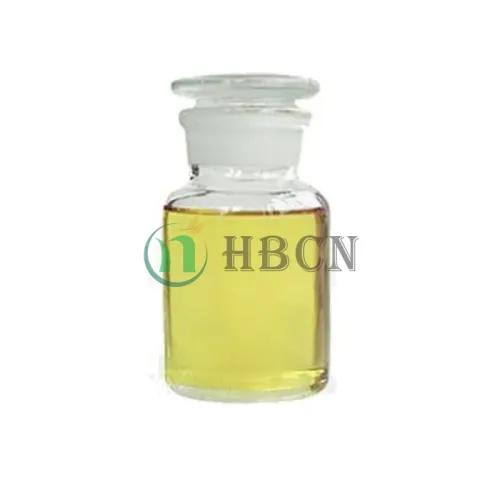
Des . 06, 2024 10:28 Back to list
Safety Data Sheet Overview for Acetamiprid 20% SP Formulation
Safety and Handling of Acetamiprid A Comprehensive Overview
Acetamiprid, a member of the neonicotinoid class of insecticides, is widely utilized in agricultural practices for its effectiveness against a variety of pests. However, it is essential to understand the handling and safety considerations associated with this chemical, as outlined in its Material Safety Data Sheet (MSDS). This article provides detailed insights into the properties, hazards, safe handling practices, and emergency measures related to Acetamiprid, based on the information from its 2020 MSDS.
Chemical Properties
Acetamiprid is a selective insecticide characterized by its systemic actions, which allow it to be absorbed by plants and provide protection against pests that feed on them. It has a low toxicity to humans and animals, making it a popular choice in pest management. However, despite its lower toxicity compared to other chemicals, proper precautions must be taken to ensure safe usage.
Hazard Identification
According to the 2020 MSDS, Acetamiprid is classified as hazardous. It may cause mild irritation to the skin and eyes upon contact. Ingestion or inhalation of high concentrations can lead to more severe health effects, including dizziness, nausea, and other systemic symptoms. It is crucial for handlers to recognize these risks and implement safety measures to minimize exposure.
Safe Handling Practices
To ensure the safety of individuals handling Acetamiprid, the MSDS recommends several best practices
1. Personal Protective Equipment (PPE) Always wear appropriate PPE, including gloves, goggles, and protective clothing, to minimize skin and eye contact. Respiratory protection may also be required in poorly ventilated areas or during the application of the substance.
2. Work Environment Maintain good ventilation in work areas to reduce airborne concentrations of the chemical. Work in designated areas away from food and drink to prevent accidental ingestion.
3. Storage Acetamiprid should be stored in a cool, dry place away from sunlight and incompatible materials. Ensure that containers are labeled and that all safety information is readily available.
acetamiprid 20 sp msds

4. Training Individuals handling Acetamiprid should be trained in its proper use and associated risks. Regular safety drills and updates on handling procedures can help maintain a safe work environment.
Emergency Measures
The MSDS also outlines critical emergency response actions in the event of an accident involving Acetamiprid
- Inhalation If inhaled, move the person to fresh air immediately. If symptoms persist, seek medical attention. - Skin Contact Remove contaminated clothing and wash the affected area with plenty of soap and water. If irritation continues or if the chemical has penetrated deeply, seek medical help.
- Eye Contact Rinse eyes thoroughly with water for at least 15 minutes while holding the eyelids open. Seek immediate medical assistance if irritation continues.
- Ingestion If ingested, do not induce vomiting unless directed by medical personnel. Seek medical attention immediately.
Environmental Considerations
Environmental protection is another important aspect of Acetamiprid's usage. The chemical may be toxic to aquatic organisms and should be handled carefully to avoid contamination of water sources. Users are advised to follow local regulations regarding pesticide use and disposal to minimize environmental impact.
Conclusion
Understanding the properties and potential hazards of Acetamiprid is crucial for safe usage in agricultural practices. The 2020 MSDS serves as an essential resource for farmers and handlers, providing guidance on safe handling, emergency measures, and environmental considerations. By adhering to these guidelines, users can effectively manage pests while ensuring safety for themselves, others, and the environment. Educating all personnel involved in handling such chemicals is key to minimizing risks and fostering a culture of safety in agriculture.
-
Kasugamycin Fungicide: Efficient Bacterial & Fungal Control
NewsAug.02,2025
-
Emamectin Benzoate: AI-Optimized Pest Control Solution
NewsAug.01,2025
-
Best Abamectin 95% | Top Pesticide for Crop Protection
NewsJul.31,2025
-
Insecticide Spirotetramat 11% + Thiacloprid 11% SC at Good Price
NewsJul.30,2025
-
Best Abamectin SDS - Premium Quality & Reliable Safety Data
NewsJul.29,2025
-
Agrochemicals Pesticides Solutions for Sustainable Farming
NewsJul.29,2025
